Today we are excited to announce the Intel Edison! This product was just released (like, really just released in the keynote speech) at IDF - The Intel Developer Forum - in San Francisco. SparkFun is very excited to be one of the folks carrying the Edison board. As such, we've been working behind-the-scenes with Intel over the last several months to develop a series of add-ons to go with the board. Check out the video for some details:
ReplaceMeOpen
ReplaceMeClose
The Intel Edison is an ultra small computing platform that will change the way you look at embedded electronics. Each Edison packs a huge amount of tech goodies into a tiny package while still providing the same robust strength of your go-to single board computer. Powered by the Intel® Atom™ SoC dual-core CPU and including an integrated WiFi, and Bluetooth LE the Edison board has a very robust list of features that make it a truly awesome piece of tech.
As far as add-ons go, SparkFun has created a wide selection of boards that attach seamlessly with the Edison and give you even greater versatility. In no particular order, here they are (there are a LOT!):
This ADC Block adds ADC functionality to the Edison’s I2C bus. The ADS1015 ADC from TI provides a single 12-bit delta-sigma converter with an analog multiplexer.
The Base Block serves as add-on for the Intel® Edison by allowing you to attach different peripherals like a keyboard, mouse, or thumbdrive.
The Dual H-bridge Block gives the Edison some ability to move when paired with two DC motors.
This PWM Block adds eight channels of PWM control to the Edison’s I2C bus.
The Console Basic Block delivers power to the Intel® Edison while providing a simple console interface via a FTDI cable.
The Console Block delivers power to the Intel® Edison while providing a simple console interface.
The GPIO Block is a simple breakout board to bring the GPIO from the Intel® Edison to the user.
The Battery Block brings a single cell LiPo Charger and 400mah battery to power an Intel® Edision and expansion cards.
The microSD Block equips your Edison with mass-storage capability, so you can use it for data-logging or other related projects.
Piggyback an Arduino onto your Edison with the Arduino Block.
Equip your Edison with a graphic display using the Edison OLED Block!
This I2C Block simply breaks out an I2C bus on the Intel® Edison while level shifting it from 1.8V to your sensors voltage.
The 9 Degrees of Freedom Block for the Intel® Edison uses the LSM9DS0 9DOF IMU for full-range motion sensing.
We also offer a number of kits that include multiple Edison related parts.
- The Intel Edison Starter Pack includes an Intel Edison Board, the Console Block, the GPIO Block, the Battery Block and a USB cable.
- The Edison Sensor Pack includes the 9 DoF Block, the OLED Block and the microSD BLock.
- The Intel Edison and Mini Breakout Kit includes an Edison board and the Mini Breakout board.
- The Intel Edison and Arduino Breakout Kit includes the Edison board and the Arduino Breakout Board.
We are very excited about this new piece of hardware and all these add-ons! All of these products are available for backorder right now, with orders shipping this Fall.

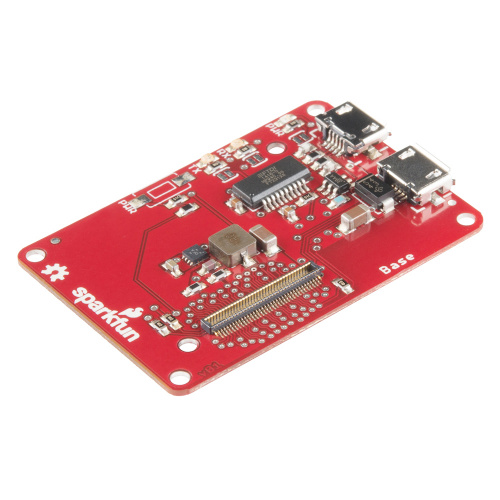


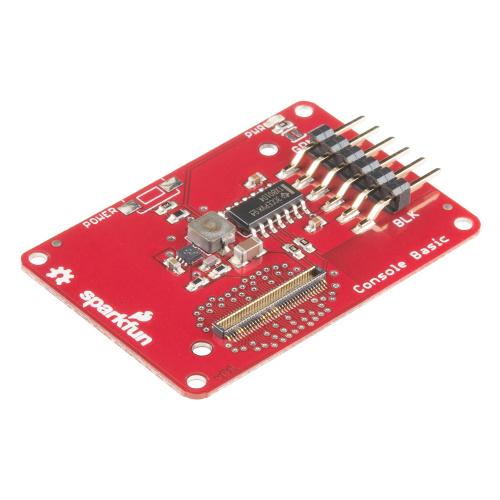

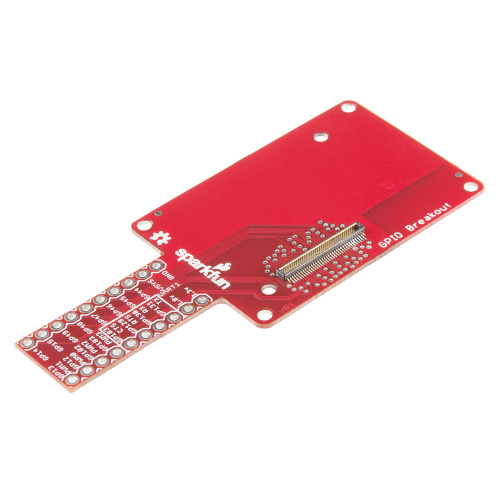


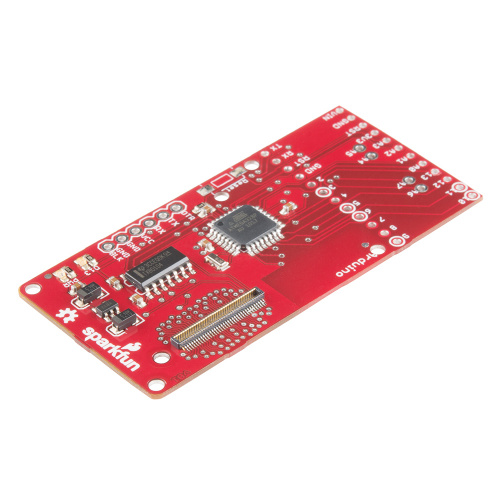

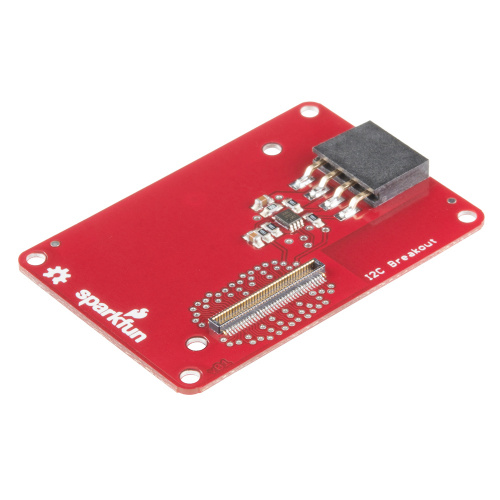
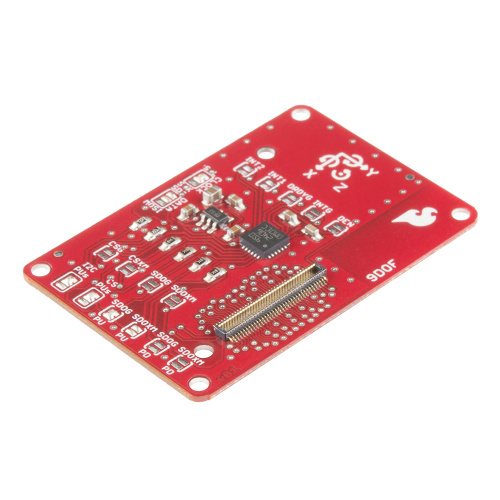
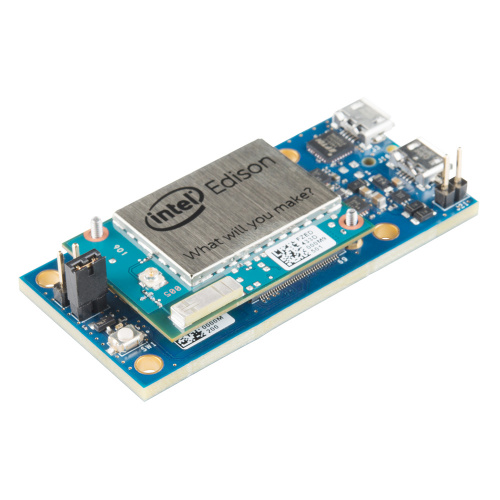
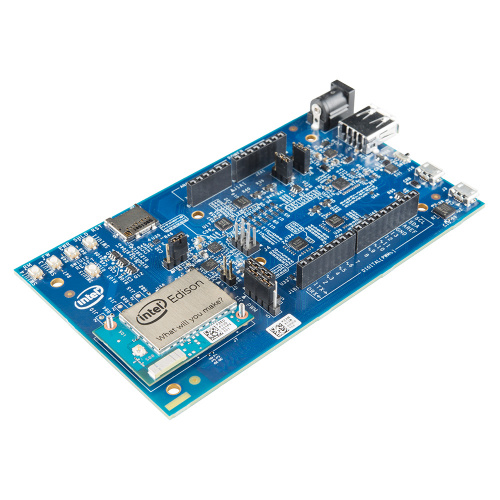






This is basically porn.
Good lord sparkfun... put the #'s up.
The Intel Edison module uses a 22-nm Intel® Atom™ SoC, formerly Silvermont that includes a dual core, dual threaded CPU at 500 MHz and a 32-bit Intel® Quark™ processor MCU at 100 MHz. It supports 40 GPIOs and includes: 1 GB LPDDR3, 4 GB EMMC, and dual-band WiFi and Bluetooth® Low Energy on a module the size of a postage stamp.
Geesh.
I wasn't aware that today was both Christmas and New Product Friday.
"SparkFun: Making Christmas more like NFPPs"
It looks like the Edison doesn't have any video processing capabilities and limited IO as well (as evidenced by all these shields). Can someone describe or point to a resource that explains the value proposition of the Edison over the Pi?
It's sort of meant for different applications and not intended to compete directly with the 'pi.
That said: it's much, much smaller, lower power, has bluetooth and wifi integrated on board (which is pretty sweet) and does have plenty of I/O. It's got two I2C buses, SPI, 2 UARTs, 40 GPIO, USB OTG... So while it doesn't run your sweet 1080p TV like the pi, if you're building for an embedded application it's worth having a look.
That's just it. The x86 architecture has been obsolete for many years, and we don't need to embed it in its own little ecosystem. Intel has the smarts to design a nice new CPU, and a kit like this would be a great way to get it out into the world, but that's not the direction they chose.
Wow that is so great! I would like to use that in my next 3kg sumo robot. I guest the fastest way to build this would be putting everything on I2C (motor drive, IO expander, analog, etc.) Then I will be able to put a sticker "Intel inside!"
Can't wait to read more! Thanks!
So Edison + PWM block + 9 Degrees of Freedom Block + optional I2C block with barometer = multirotor flight controller some day?
Interesting! Just need an altimeter and a GPS block to make it complete.
Just hold yer horses. We designed these 14 boards in just under five weeks. We had to pick and choose to get the most important ones done first.
I expect you'll see plenty more coming along directly.
Is it possible to have a console block for UART1 through serial (with the switch in the UART1 position) at the same time as a base block for USB and access to the Console (UART2)? I am trying both at the same time and seem to have problems.
I'm glad that something like this finally exists, but I'm wondering about a few things: * How do they/you (Sparkfun) handle the pin assignments? What if you wanted to stack multiple boards at a time? This still has a fundamental issue with Arduino Shields. * Those connectors will not stand the test of time. They're rated for, at most, 30 connection uses (Datasheet: http://www.hirose.co.jp/cataloge_hp/ed_DF40_20140305.pdf). (Personal note: I've had one of those connectors break on me when cleaning my laptop's internals. The header was used to mate the keyboard to the motherboard). * 1.8v IO will be interesting to deal with... * I'm so glad that they (Intel) followed proper RF routing techniques and isolated the Chip Antenna, along with the other layers as well.
All of that being said, I'm curious to see how well this performs when compared to the GumStix line, and of course the PI/BBB/Odroid/etc...
Comparisons with the Pi and other existing SBCs aren't easy; the numbers put the Edison fairly far down relative to some of the other competitors, but then the Edison has that tiny form factor and built-in WiFi and BLE.
So far, we've been hanging things on the I<sup>2</sup>C bus as much as possible, and giving the boards solder jumpers to change device addresses if the device supports that. Ultimately, it'll still be a problem, of course, but it'll be less of a problem than on Arduino (I think).
Woo.
I might be wrong but it doesn't look like we can use the OLED block and the battery block together as they are both 'terminal' blocks. I'm not too fussed as my planned interface can just be done by Bluetooth to a smartphone but it'd would have been nice to do something wiresfree with a local display of sorts...
Kinda yes, kinda no. There's no reason you can't pull the battery out of the middle, since the battery terminals are at the edge of the board. The battery block above only has the connector on one side; that may or may not be the case in production.
Ahh yeah, I see now. Would def like to see a connector on both sides. Thanks mate.
Can it host a wifi network, like in infrastructure mode.
Likely, but don't expect it to be the bees knees.
I just want the thing to host a net service, that I can connect to via wifi, single user, its like pulling nails.
As an FYI, I read that the CPU-SoC is the size of a microSD card... Go go 20nm technology?
Originally, Intel proposed making the whole thing SD-card shaped. After switching to the Atom (from a Quark), they were forced to make the board slightly bigger. But yes, go go 20nm :)